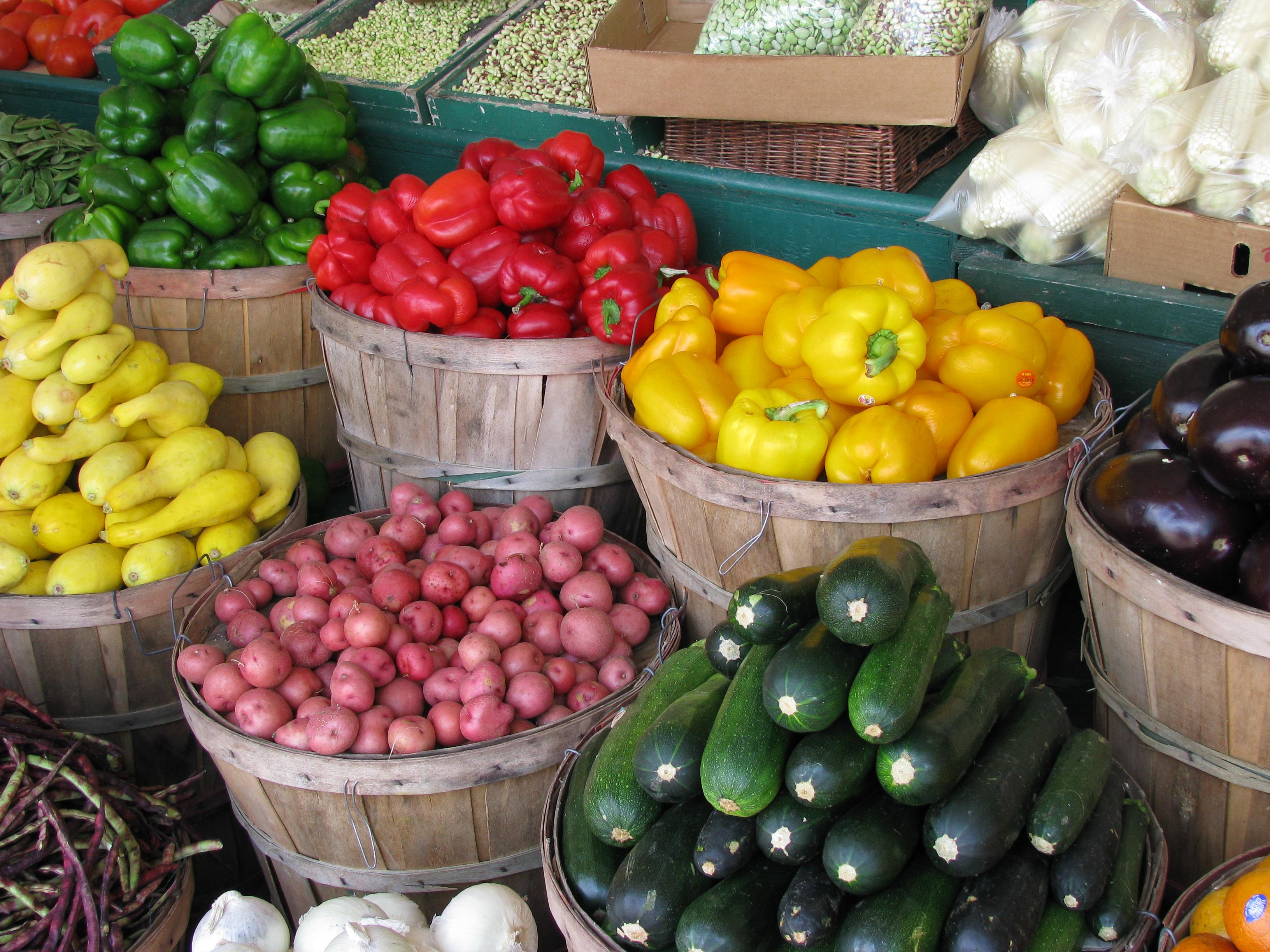
Late last year, a study by Stanford University rocked the world of organic food. It made some rather startling and controversial conclusions about organics.
Traditional media then lashed out against organic foods and the people who eat them, focusing their reports on the findings that organic produce has no more vitamins and minerals than conventionally grown produce. “It’s all a big sham!” they seemed to be saying.
Organic pundits went wild! These media outlets were only telling half the story. Why wasn’t the media reporting the rest of it? In truth, the Stanford study made a host of conclusions in support of organics, namely:
Organic fruits and vegetables have a 30 percent lower risk of pesticide contamination than conventional produce.
Organic fruits and vegetables contain significantly more cancer-fighting phenols than conventional produce (the kind found in red wine, green tea and chocolate).
Organic fruits and vegetables contain significantly more phosphorus than conventional produce.
Non-organic pork and chicken has a 33 percent greater risk of antibiotic-resistant bacteria.
Organic milk and chicken has significantly higher levels of omega-3 fatty acids.
How interesting. And yet the media chose to focus on the finding that organics contain no additional vitamins and minerals. No wonder shoppers are confused. What to do about organics?
Let’s face it. Pesticides are designed to kill. A tiny bit is enough to kill a few bugs and pests. Repeated exposure has been repeatedly shown to be dangerous to farm workers and other wildlife. Pesticides have been proven harmful to pregnant women, leading to low birth rates and lower IQs in children.
This “debate” is hardly a debate anymore. It doesn’t take a scientist to know that conventional farming is harmful to humans and their environment. Buying organic is a non-issue. The question is no longer a question.
It’s a difficult reality to accept. Organic produce is not cheap. Outside of major metropolitan areas, it’s difficult to find too. And why is is so dang expensive to do the right thing?
Several organizations publish an annual list of what’s called “the dirty dozen” – particularly over-sprayed fruits and vegetables that are most important to buy organic. For the conscious consumer on a budget, this list is a good place to start.
The Dirty Dozen:
Apples, Strawberries, Grapes, Celery, Peaches, Spinach, Sweet Bell Peppers, Nectarines, Cucumbers, Potatoes, Cherry Tomatoes, Hot Peppers
Especially toxic: Kale/Collard Greens, Summer Squash
Can’t afford or find organic produce in your area? Another list published annually is called “the clean fifteen.” These fruits and veggies are sprayed far less than the dirty dozen and generally safer to eat in the non-organic variety.
The Clean Fifteen:
Onions, Sweet Corn, Pineapples, Avocado, Cabbage, Sweet Peas, Asparagus, Mangoes, Eggplant, Kiwi, Cantaloupe (domestic), Sweet Potatoes, Grapefruit, Papayas, Mushrooms
Also interesting is the question of what comes after organic. Organic farming has become just as industrialized as conventional farming. Many of us have a distorted view of organic farming; images of local farmers milking their grass-fed cows by hand, or young children running around the wheat fields.
The reality is far different. But rest assured, this vision can be a reality. Enter Biodynamic Farming.
Though often branded as a pseudoscience, biodynamic farming is a return to a traditional, holistic approach to farming, emphasizing a sustainable approach to agriculture. The goal of this new type of farming is to “restore, maintain and enhance ecological harmony.” Livestock manure nourishes crops, soil quality is continuously improved with cover crops, green manure and crop rotation. Biodiversity in plants and animals is supported and encouraged.
In short, biodynamic farming takes a more spiritual approach. It’s far closer to the common image of an “organic farm.”
Demeter International is a not-for-profit organization that provides Biodynamic Certification to farms around the world. Unfortunately, biodynamic certified meat and produce is extremely tough to find. (So far!)
Don’t be deterred! A sure way to feel better about the foods you eat is to know the people who grow the lettuce, milk the cows and slaughter the chickens. Meet them at the local market. Ask questions. Get a sense of who they are.
Don’t have a local market? Try a community garden plot. Growing food yourself is a wonderful way to learn genuine appreciation for your food. Canning, juicing and preserving makes for wonderful Sunday afternoons in August and September.
Follow the seasons and eat whatever you can find that’s local. Winter is a great time to use those preserves. So what if you can’t eat mangos in the middle of a cold winter? (Hint: Can them or dry them!)
Getting healthy means far more than buying organic, but procuring good, clean vegetables is a great way to start. The way we feel about the food we eat has a profound effect on that food’s health benefits. Do you trust the studies? Do you trust your government to regulate and ensure the foods in your supermarket are safe and healthy? Do you trust the corporations that grow your apples?
It’s incredibly important to eat food you feel good about; food you feel is safe and healthy for yourself and your family. Your supermarket dollars send a very clear message to the government and to corporations. The choices you make when buying food are an expression of the direction in which you’d like policy and agricultural practices to go.
And yet you don’t have to be an activist to enjoy good food. Think of purchasing clean, healthy food as similar to voting in an election. It’s a simple action you can take to express your preference – small but vastly important.
Be Sociable, Share!
